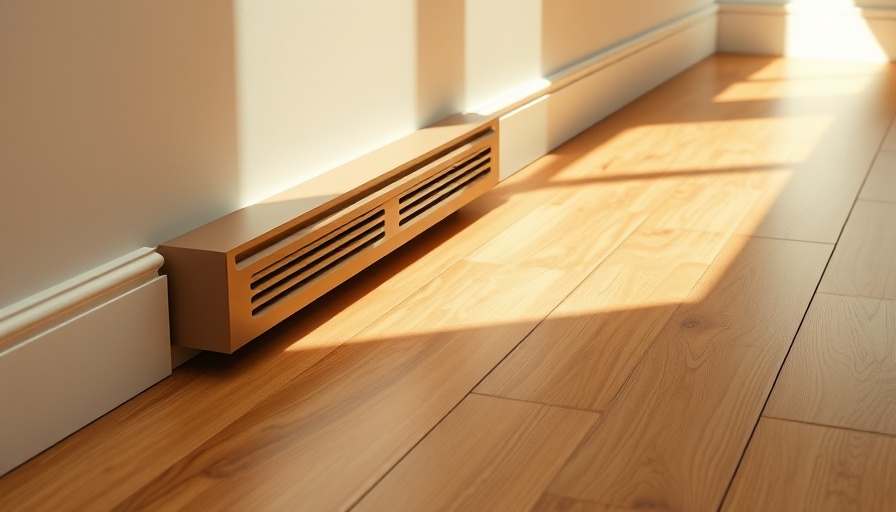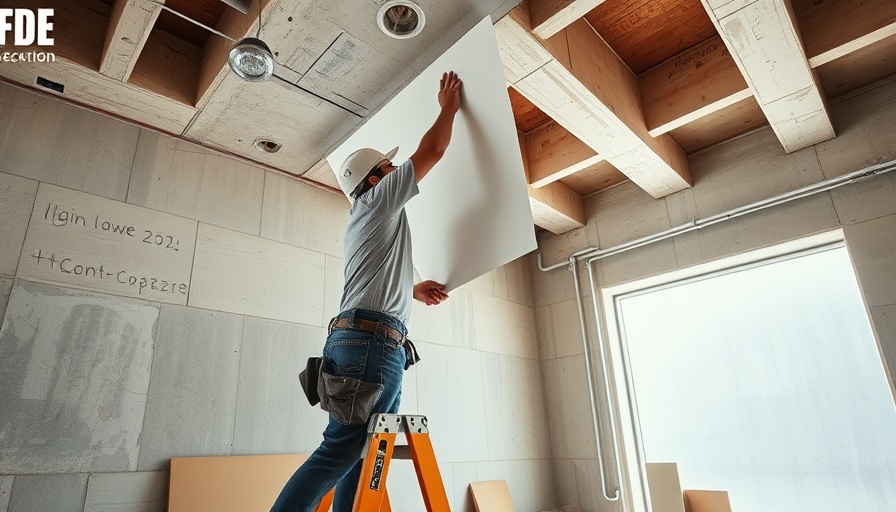
Transform Your Home: The Importance of Updating Baseboard Heating Covers
Are your baseboard heating covers starting to show their age? Signs of wear such as rust, yellowing, or dents not only compromise your heating efficiency but can also become an eyesore in your beautifully designed space. As a homeowner, addressing these issues with a simple DIY project can greatly enhance your home’s aesthetic appeal and energy efficiency. Replacing these covers is easier than you might think and can be accomplished without major renovations.
Why You Should Care: Enhancing Energy Efficiency
Old baseboard units can cost homeowners significantly in energy bills, especially when they are damaged or outdated. Damaged covers can hinder the proper distribution of heat, leading to cold spots and increased usage of the heating system. Consider that energy efficiency isn't just about appliances; even the smallest elements in your home, like baseboard heating covers, play a crucial role. In fact, homeowners can lose as much as 15% in heating costs if their heating systems are not functioning optimally. Replacing worn heating covers is one way to ensure that your heating system operates at peak performance, ultimately saving you money.
The Simple DIY Guide to Replacement
Ready to tackle this project? Here are six easy steps to replacing your baseboard heating covers. First, turn off the heating unit to prevent any accidents. Next, using a screwdriver, carefully remove the old cover by loosening any screws or fasteners. Clean the area to remove dust and debris. Then, measure the space to ensure you purchase the correct size of your new precut covers, which typically range between $20 and $50 per linear foot.
After purchasing your new heating cover, installation involves simply placing it over the heating unit and securing it with screws. With minimal tools and effort, you can see an immediate improvement in your home’s heating efficiency and overall appearance.
Conclusion: Elevate Your Space with a Simple Change
By replacing your baseboard heating covers, you’re not just refreshing an old unit; you’re investing in the safety of your home and efficiency of your heating system. For DIY enthusiasts, this project not only offers a sense of accomplishment upon completion, but it also inspires the possibility of taking on larger home improvement projects in the future. To get started on your own renovation journey today, consider tackling your baseboard heaters!
 Add Row
Add Row  Add
Add 




Write A Comment